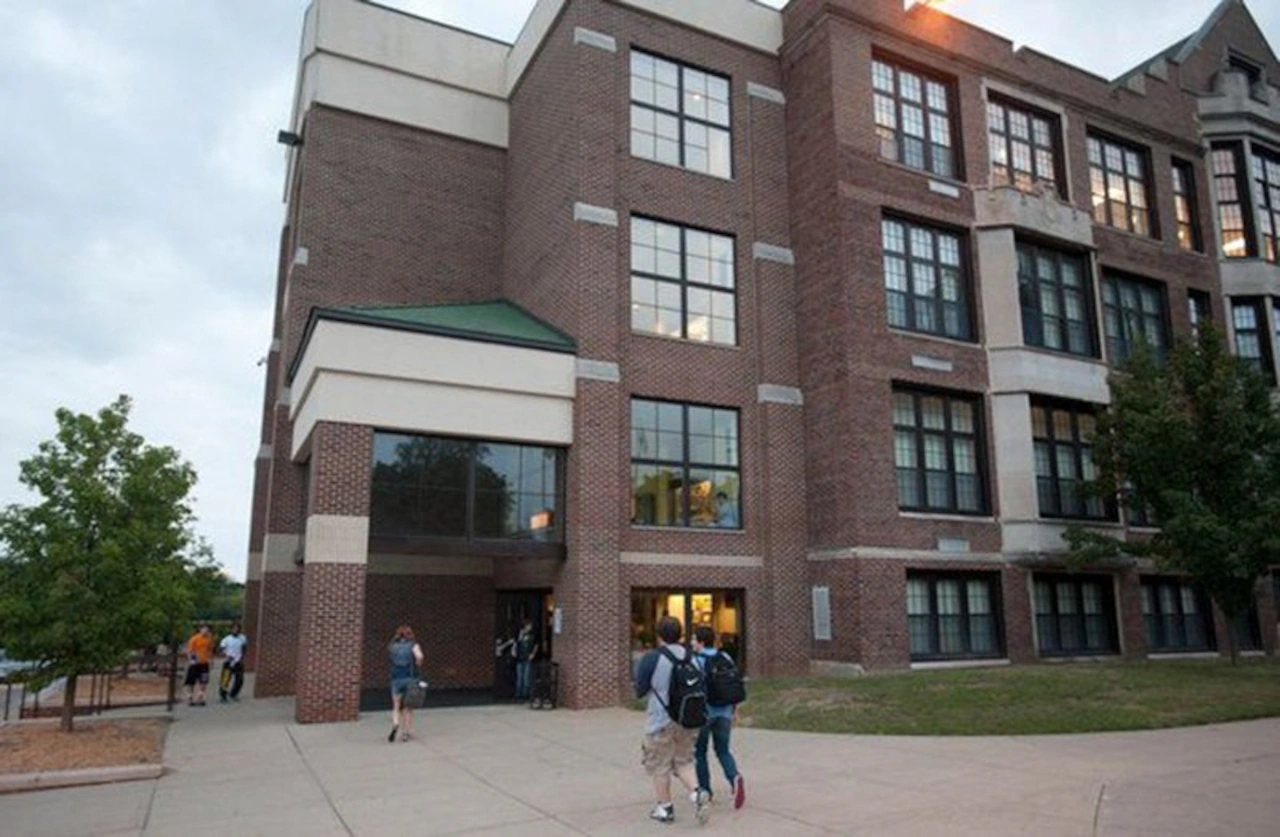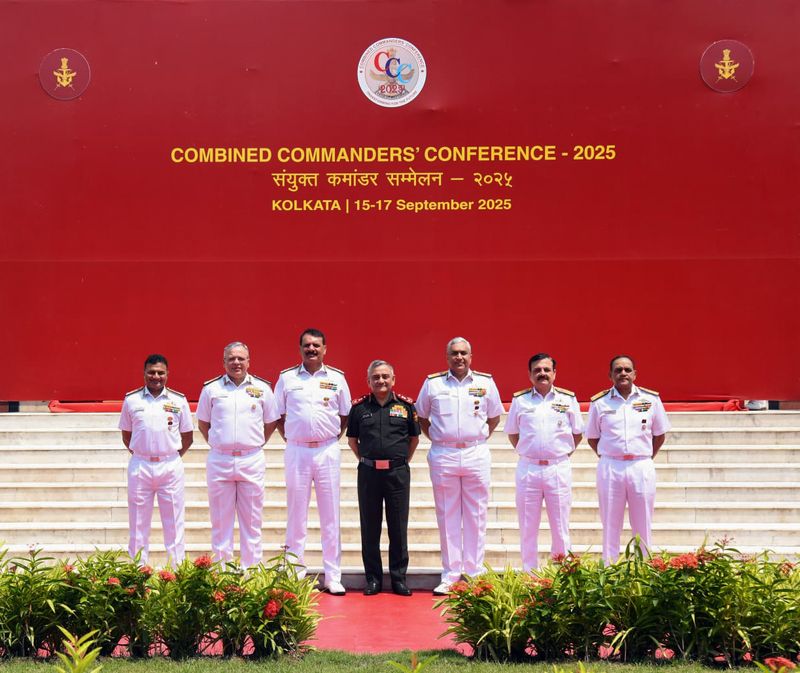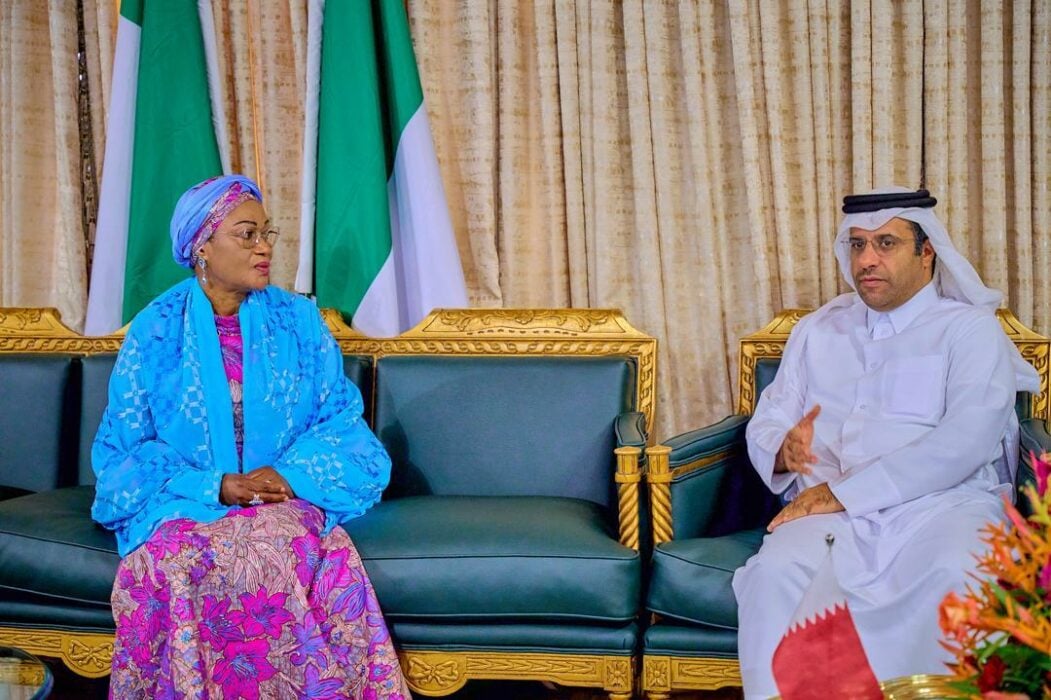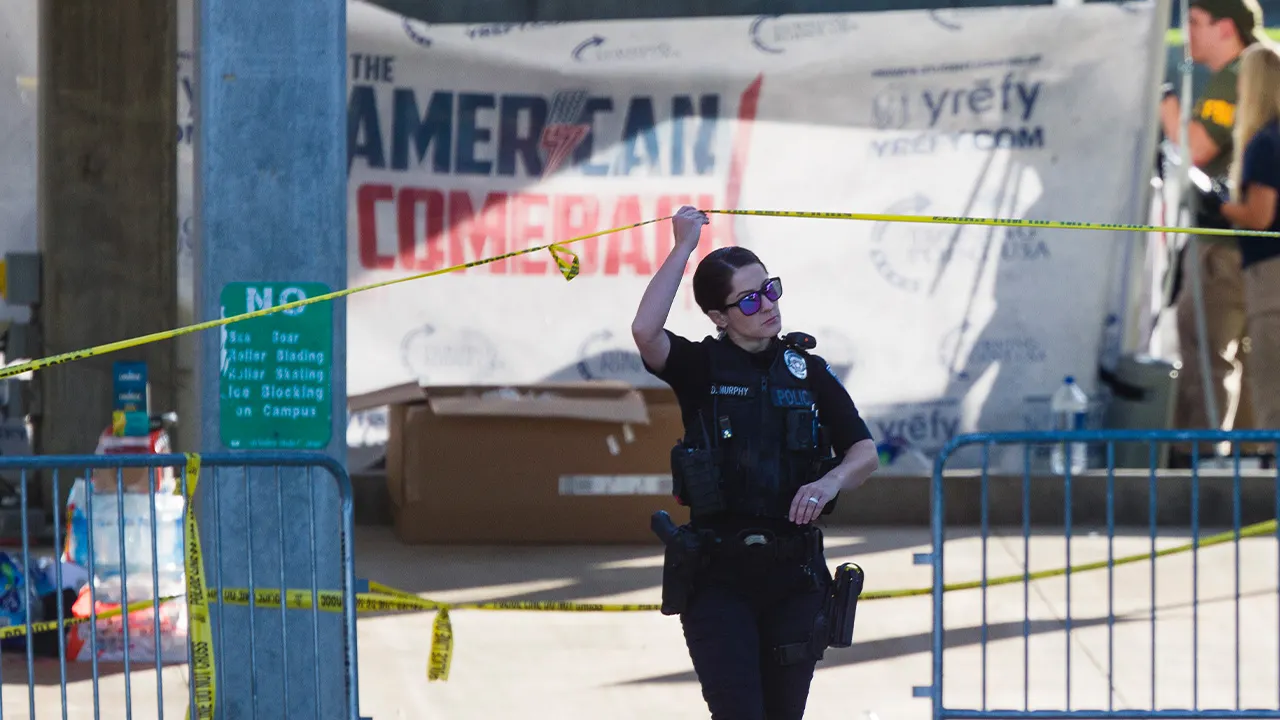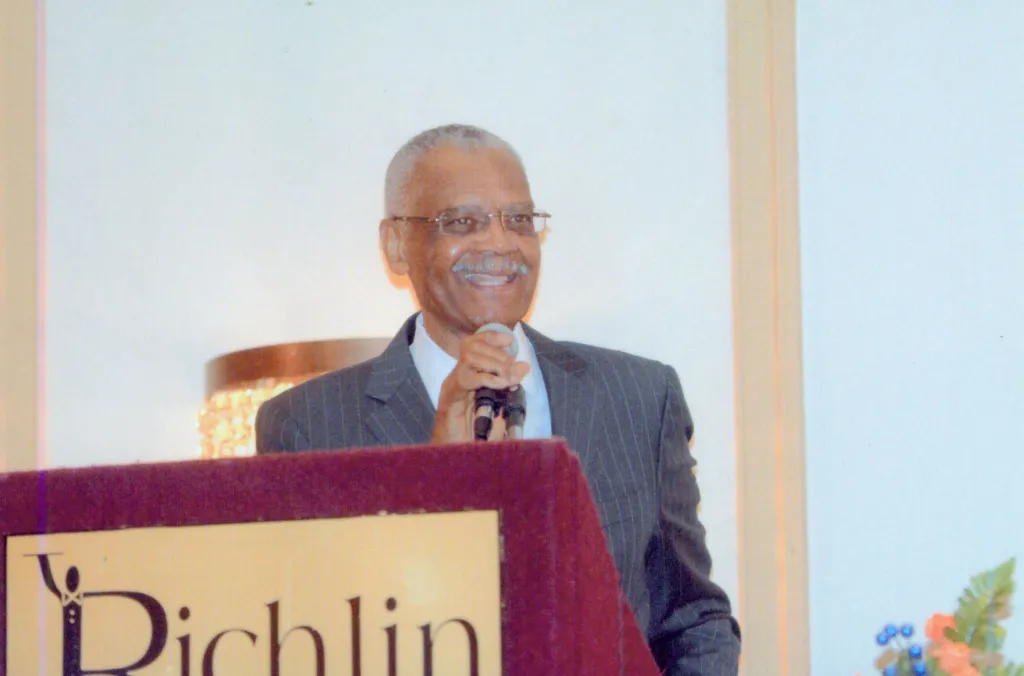
Morgan State University and the entire HBCU community are mourning the loss of a champion who fought relentlessly for parity and equity in Maryland higher education. Dr. Earl S. Richardson was Morgan’s ninth president, serving from 1984 until 2010, and presided over what many have called the “Morgan Renaissance” era. He arrived on campus in the mid-80s after a tumultuous period under his predecessor, Dr. Andrew Billingsley, when the state of Maryland had woefully neglected Morgan.
Many buildings were poorly built, residential halls were riddled with rodents, mold and mildew, and student protests were ubiquitous. With every action or inaction taken by the state of Maryland over the previous decades, from building a brand new competing campus right outside the city to purchasing a private university within the city and turning it public, the message was clear: The state appeared to want to drive Morgan out of business. During Earl’s first decade as president, the student protests continued; however, Richardson started educating the students about who the real culprit was — the state of Maryland, not ineffective presidential leadership. The students began to listen to and trust him, and a partnership was forged that lasted over the course of the last 16 years of his presidency.
During his extraordinary tenure as president, he recast Morgan from a regional institution into a doctoral research university, expanded doctoral programs from one to 16, increased enrollment to over 7,000 students, and oversaw more than half a billion dollars in campus growth. His bold vision turned Morgan into a driver of opportunity, growth, and pride for Baltimore and the nation.
Yet his greatest contribution may not be the buildings he constructed on campus during his tenure, nor the programs introduced, but the fight he waged for equity in higher education funding.
In 2006, under his watchful eye, Morgan became the catalyst for a 15-year legal battle against the state of Maryland. The lawsuit, filed by the Coalition for Equity and Excellence in Maryland Higher Education, sought to end decades of discriminatory funding practices that systematically undercut Maryland’s four HBCUs while privileging predominantly white institutions. Dr. Richardson could not be a plaintiff himself as a state employee. Still, his disciples of students and alumni across the four Maryland HBCUs organized, strategized and formed the coalition that would not relent.
The case finally concluded in 2021 with a state legislative settlement of $577 million — one of the largest in history for HBCUs. For Richardson, that victory was not only about dollars but also dignity. It was a recognition that for generations, HBCUs had been asked to do more with less, while their white counterparts duplicated programs and siphoned resources and students away from them. Earl’s persistence forced Maryland to confront its inglorious history and commit to something better.
But the story does not end there.
Today, HBCUs across the country continue to operate at a severe resource deficit, even as they outperform expectations in producing Black professionals, business executives, scientists, engineers, teachers and public leaders. Morgan remains one of the top producers of Black engineers and Fulbright scholars, yet the disparities in funding, facilities and research infrastructure persist, though we thank Governor Wes Moore and his previous two predecessors for the investments made to date.
What made Earl Richardson unique was his insistence that equity was not a favor owed to HBCUs — it was a debt owed to the nation. He understood that when Black institutions thrive, America thrives. Yes, the Maryland legislative settlement was historic, but it must be seen as a down payment on justice, not the full measure.
As we honor his memory, the challenge before us is clear: We must continue the work he began. Will Maryland ensure that the commitments of that settlement serve only as a starting point for ongoing investment and support? We hope so! And will the federal government finally address the systemic underfunding of HBCUs nationwide, a problem documented in state after state? Again, we hold on to hope. Morgan is on the verge of becoming an R1, very high research university and will be only the third public university in the state to achieve that distinction. Continued investment will be critical to Morgan’s transformation as a top-tier research university in the nation, addressing problems in urban spaces and places.
Dr. Richardson believed in the transformative power of education to uplift communities and bend the arc of history toward justice. His life’s work was proof that HBCUs are not simply relics of a segregated past — they are engines of America’s future.
The best way to honor Earl S. Richardson is to continue the fight for equity and refrain from unnecessary and unreasonable academic program duplication across higher education in Maryland. We must do this not just in words but in action. Investments in HBCUs are not charity but strategic in order for Maryland and the nation to stay globally competitive. We must recognize that the fight for fairness in higher education is inseparable from the fight for fairness in America itself.
Dr. Richardson showed us what courage looks like in the face of entrenched inequity. Now it is our turn to act with the same resolve.
That is his enduring gift — and our unfinished task.
David K. Wilson is president of Morgan State University.
